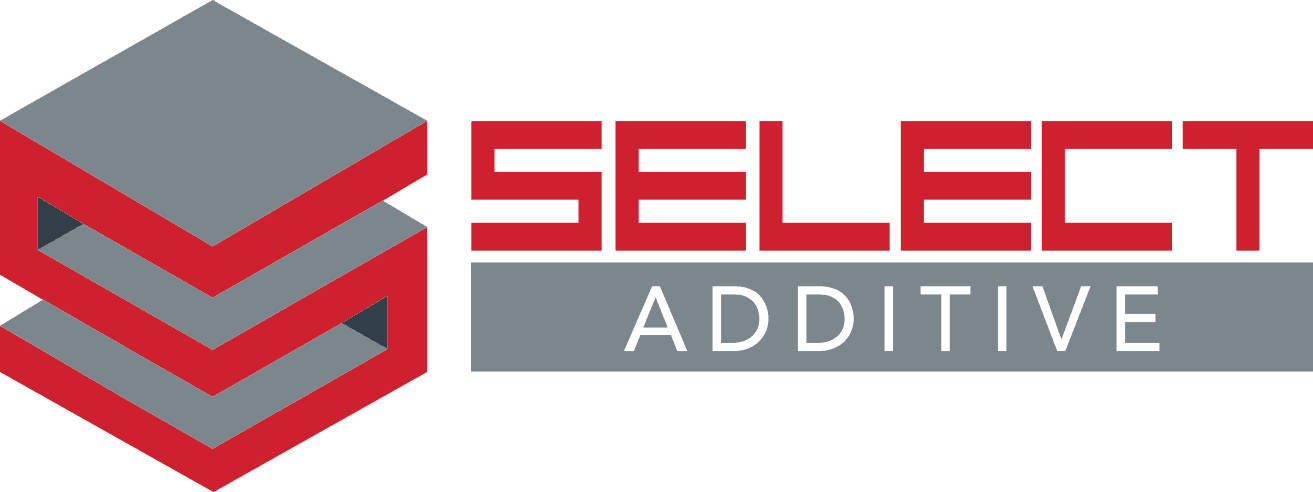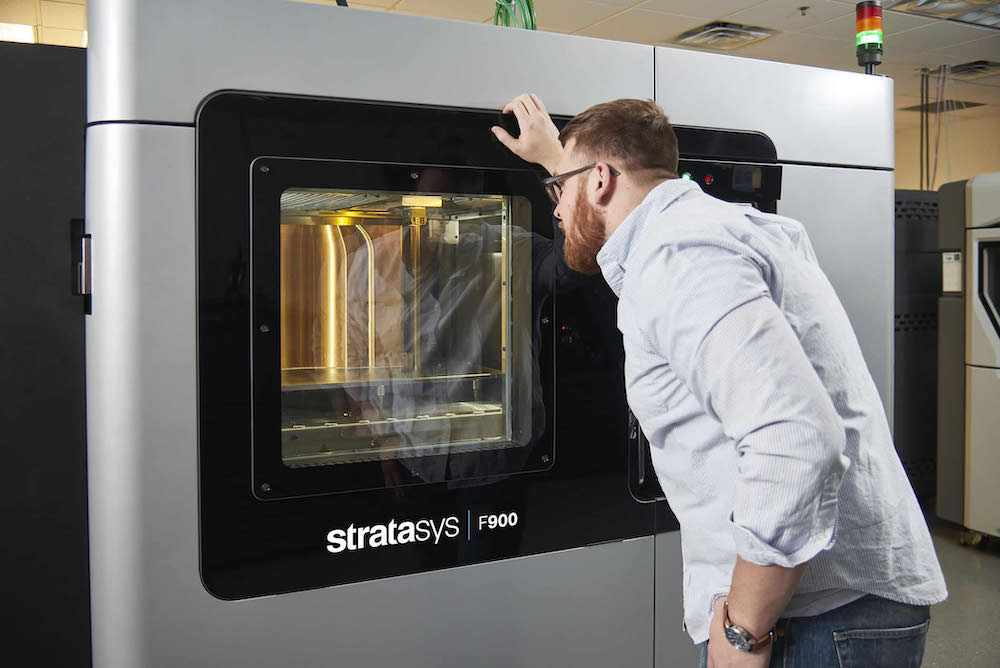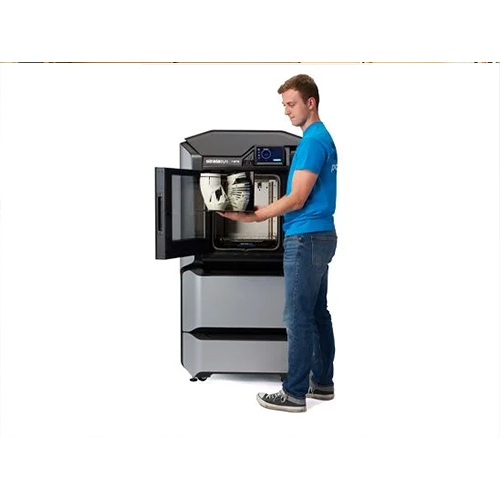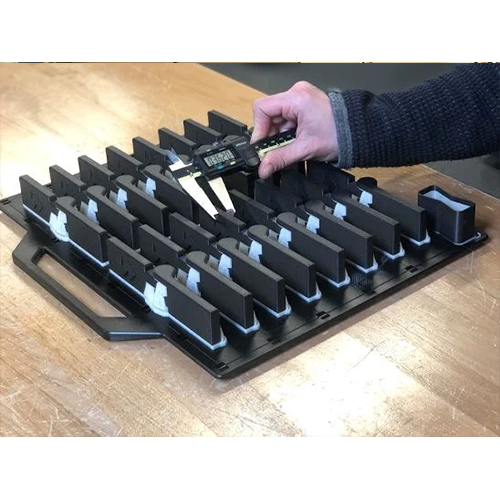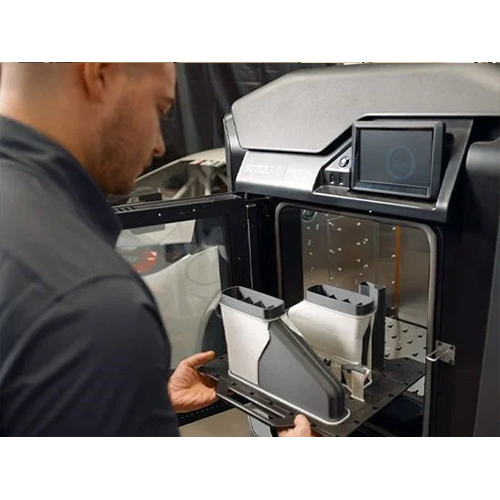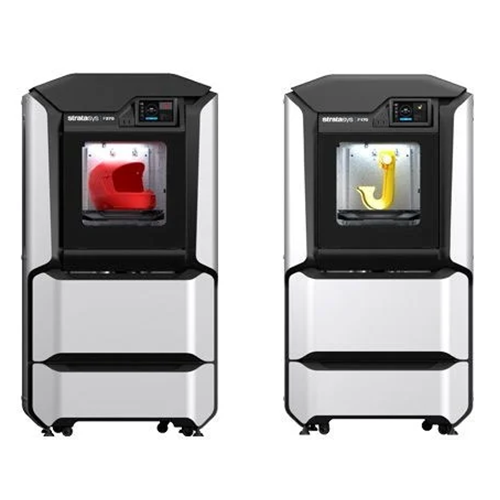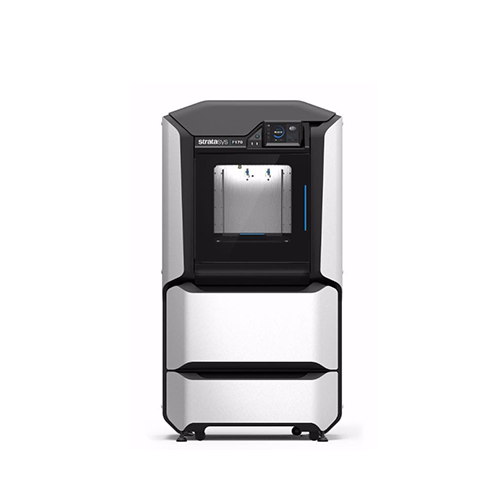Stratasys
F123 Series
F123 Series 3D printers give engineers, designers, and educators access to affordable, industrial-grade 3D printing. Comprised of the F170 and F370 printers, the F123 family is designed for ease of use, starting with a streamlined CAD-to-print workflow enabled by GrabCAD Print software.
F123 printers offer a versatile selection of materials, including carbon fiber, thermoplastic polyurethane, and other engineering-grade thermoplastics. F123 Series printers combine fast and easy material swaps, a generous build volume, and dependable print results to provide accurate, repeatable 3D printing suitable for the office, classroom, or factory floor.
How it works:
Technology
Powered by Single Pass Jetting™, the Production System™ features bi-directional 3D printing—so whenever there is movement, there is printing.
With bi-directional single pass jetting, all steps of the print process—powder deposition, spreading, compacting, ballistic suppression, and binder jetting—are applied with each pass over the build area. Layer by layer, metal powder and binder is deposited until the entire build volume is packed with bound parts and surrounding loose powder.
When a build is complete, the build box is removed and replaced with a fresh box for the next build. The completed build box is moved to a depowdering station where loose powder is removed and parts are prepared for sintering.
Depowdered parts and loaded into an industrial furnace where they are heated to temperatures near melting. Remaining binder is removed causing the metal particles to fuse together and the parts to densify.
